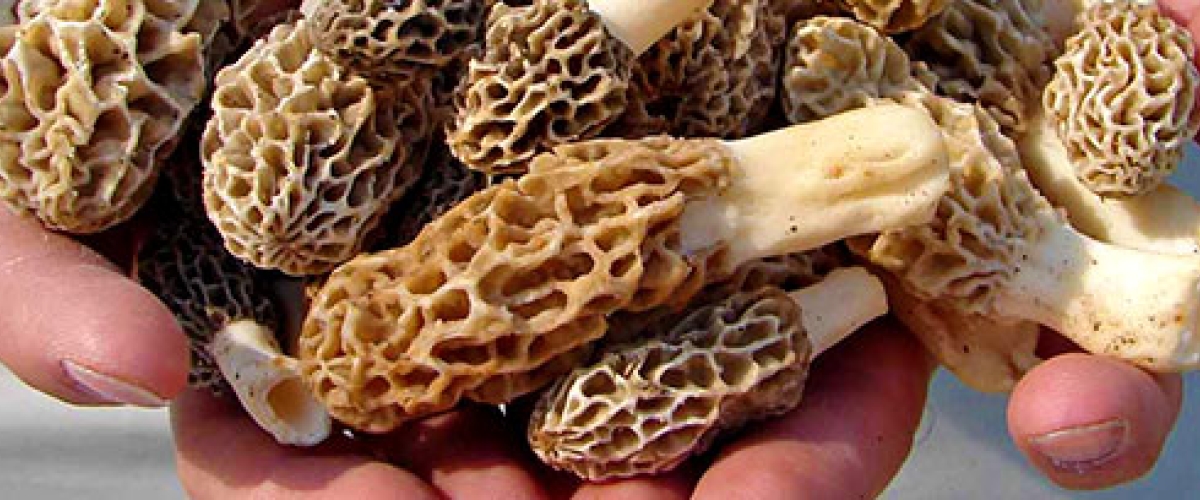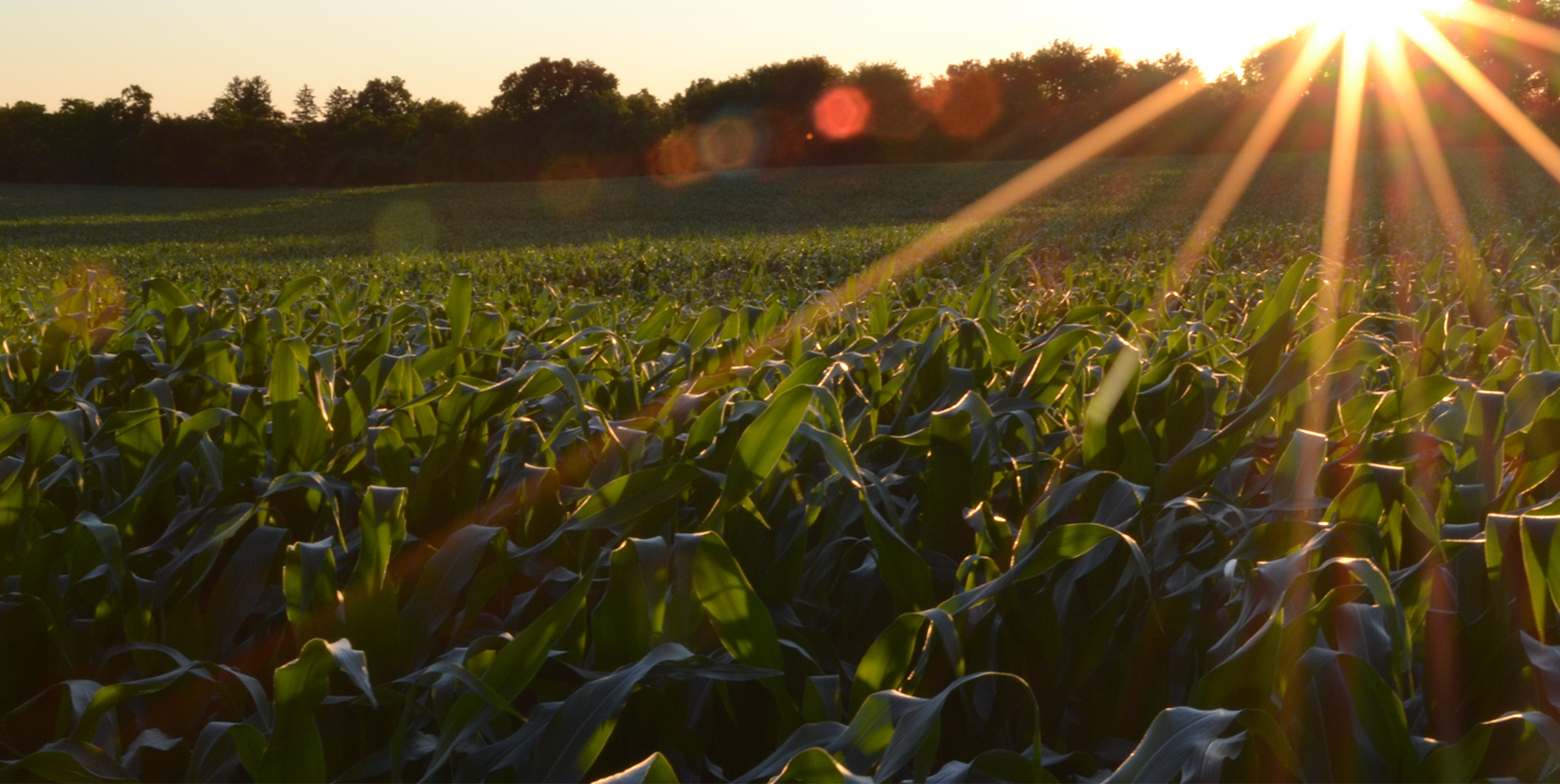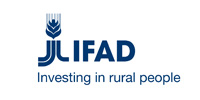
By Cliff Sibusiso Dlamini
The social/cultural, ecological/environmental and economic/financial benefits of Non-Timber Forest Products (NTFPs)
Non-timber forest products (NTFPs) serve as safety nets to rural households through Southern Africa, and especially with the prevailing climate change hazards and associated impacts on agriculture. NTFPs are any product or service other than timber that is produced in forests. They include fruits and nuts, vegetables, fish and game, medicinal plants, resins, essences and a range of barks and fibres such as bamboo, rattans, and a host of other palms and grasses. When agriculture fails, local communities tend to focus on these natural products to fulfil their needs. In broad terms, the contribution of NTFPs in sustainable livelihoods is threefold: namely direct use benefits, indirect use benefits and intermediate use services. Direct use benefits include timber for construction and furniture, wood for crafts and household tools, firewood, construction poles, wild fruits, wild vegetables, wild herbs, honey, bush meat, insects for food, bird eggs, medicinal products, thatch, grass hand-brushes, twig hand-brushes, weaving reeds, sand/clay, plant dyes, plant resins, seeds for rattles and decoration and other benefits. Indirect use benefits include pollination services, livestock grazing, recreation/-aesthetic services (eco-tourism), religious functions and other benefits. Intermediate use services comprise carbon sequestration, water shed protection, protection against soil erosion, habitat for wild fauna and flora (breeding and nursery functions), biodiversity reserve, oxygen production, acid rain deposition, roles in the water cycle, runoff reduction (cultivated) and other services. Direct use benefits of NTFPs have a great potential to be turned into business for the transformation of rural household economy in the SADC region.
Key issues in NTFPs enterprises
Determining sustainability harvesting levels for most NTFPs is an evolving science. A monitoring programme that will continually assess the health and vitality of the natural resources base should be implemented. Though there is some information on individual species, ecosystem dynamics are still not well understood, commercialization of natural products makes it imperative to manage proactively through monitoring, harvesting and replanting and tree succession plans. Important steps in sustainable natural products management include the following: Identification and demarcation of the resource base by ecosystem type (forest, pasture, farmland, rock outcrop, and so on) and map of the locations of various ecosystems types; identification of resource supply areas of the preferred products; and estimating the volume based on current harvesting and trade or use. Further, identify potential threats to standing stock of natural resource base. In addition to conducting group meetings to investigate where and how products have been harvested, extracted or collected over the last 3 to 5 years; undertaking resource inventory of standing stock and also conducting user surveys and engaging resource collectors. Ultimately, for business development, the following logical issues are examined and critically analyzed; enterprise opportunity and location-specific overview of the community forestry subsector, sustainability of supply of forest products, regulatory environment and forest resource users/groups, technology, management and finance, and lastly marketing and sales.
Way forward
The potential for the commercialization of NTFPs in the SADC region has not been fully exploited, and this can be observed in promising models in South Africa, Zambia, Eswatini, Botswana, Mozambique, Angola, Comoros, Malawi, Lesotho, Zimbabwe, Madagascar, Mauritius, Seychelles, Namibia, Tanzania and the Democratic Republic of Congo (DRC). Integration of agriculture and agroforestry as well as sustainable forest management in farming systems at household and community level would provide the perfect opportunity for the domestication and commercialization of NTFPs and enhancement of climate change mitigation and adaptation.
The author is the Executive Director for the CCARDESA Secretariat






